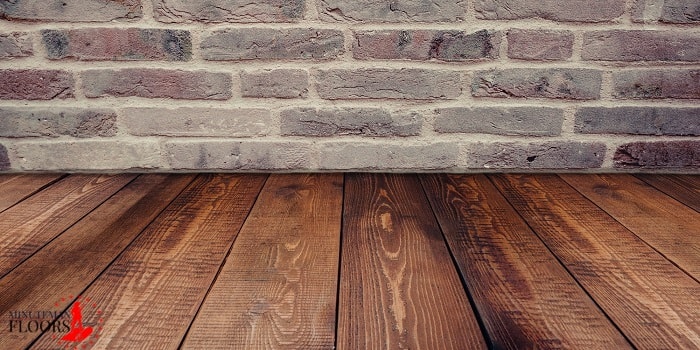Longest Wall Rule In Flooring

Common sense tells you that large floor joists can carry more load and spacing joists closer together also increases the load bearing capacity of a floor.
Longest wall rule in flooring. As a general rule laminate flooring should be laid in the same direction as the longest wall in the room. If you have a width wise open concept run the flooring parallel to the longest walls. The correct direction for laying hardwood floors. But larger is not always better when builders are constructing a home or adding a room addition.
In general laminate manufacturers recommend laying laminate flooring perpendicular to the longest wall in a long narrow room to avoid a bowling alley effect. Apart from a few exceptions like sagging joists this is the preferred direction to lay wood floors because it provides the best result aesthetically. If the room is narrow such as a hallway a corridor or a long kitchen planks should run the length of the room. Learn the simple formula for how to measure for laminate flooring floor tiles hardwood flooring or vinyl plank flooring.
While personal preference is a factor the direction in which you run hardwood flooring boards is governed by visual and structural guidelines. In the same vein it s typically recommended that planks are installed parallel to the longest wall of the room. This buffer takes into. So if you re installing vinyl planks in a 12 foot by 18 foot living room run the planks parallel to the 18 foot wall.
Measure the longest width from one wall to another then round up to the nearest foot. If you re open concept is a front door to back door home run the flooring straight from the front door to the back door. Sometimes the layout has to do with how you would look at the room or where the main focus is in room not where the entrance is. In this room below i ran the long side of the tile parallel to the wood floor and entrance to the room because of the direction one would be looking at the open kitchen from the living room and how one would be using the kitchen.
The general rule of thumb is to add ten percent to the total amount needed to account for waste. Another option could be identifying the main source of light in your space and run the flooring perpendicular to the light.



















